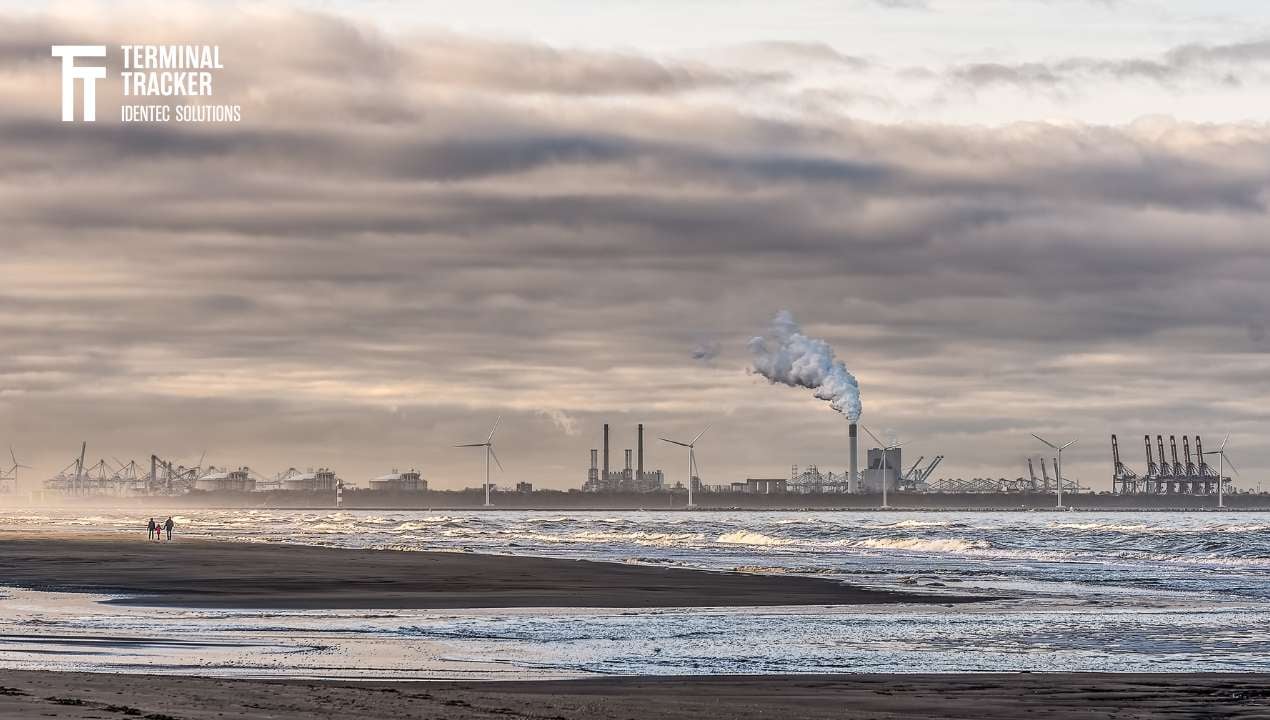Whitepaper: Sustainable Ports on the Horizon


The History of Environmental Policies
These guidelines are necessary because organisational decisions usually do not consider environmental values. On the one hand, the consequences of the action did not occur at the polluter’s location but elsewhere or in the future. On the other hand, it has long been assumed that natural resources are practically unlimited. Individual actors for short-term profit exploited common resources; since the incentives to use commons wisely were too weak, the state as regulator played the most crucial role in their protection.

Environmental impacts of ports
To capture all environmental effects, one must look beyond the port’s borders. Not only the issues caused by the port’s activity itself have to be considered, but also the issues caused at sea by incoming and outgoing ships and the issues caused by intermodal transport: Air, water, and light pollution.

What are sustainable ports?
Sustainable ports follow strategies and activities to meet their users’ current and future needs while protecting and preserving human and natural resources. These ports are committed to causing the minimum possible negative impacts while building prosperity for today and in the future.

Download this whitepaper and learn about
-
What are the current policies and initiatives in sustainable ports?
-
Who is leading these initiatives?
-
How does climate change affects ports?
-
What is the environmental impact of ports?
-
Which decarbonisation initiatives have been launched worldwide?
-
and more...